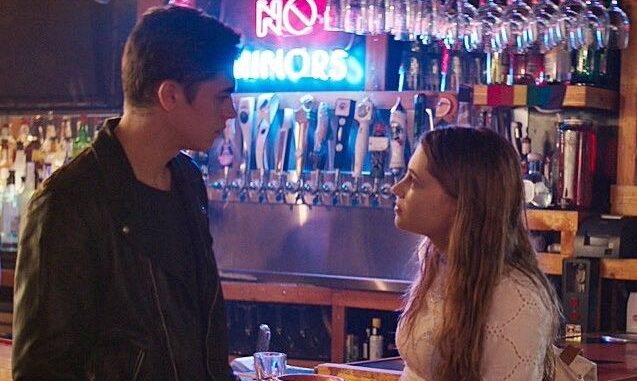
For fans of romantic dramas, After We Fell is more than just a movie—it’s an emotional experience. As the third installment in the After film series, it dives deeper into the stormy, passionate relationship between Tessa Young and Hardin Scott. But while audiences are swept away by the romance, intensity, and drama on screen, few know the incredible effort and unexpected challenges that happened behind the scenes.
One of the most noticeable changes in After We Fell was the recasting of several key characters. Due to scheduling conflicts and pandemic travel restrictions, multiple original actors couldn’t return. Shane Paul McGhie, who originally played Landon, was replaced by Chance Perdomo. Similarly, Kimberly was recast, with Arielle Kebbel stepping in for Candice King. Despite having played Hardin and Tessa in two previous films, Hero Fiennes Tiffin and Josephine Langford had to rebuild their on-screen chemistry in a compressed timeline. Due to travel and quarantine rules, they had less prep time than usual.
Unlike what viewers might assume, scenes in After We Fell weren’t shot chronologically. Due to location availability and time constraints, the cast filmed out of sequence, jumping from emotional breakdowns to quiet, romantic moments in a single day. This required the actors to track their emotional arcs carefully. Josephine Langford noted that filming emotional peaks before foundational scenes was mentally demanding, but also rewarding when it all came together in post-production.

In one particularly powerful car scene, much of the dialogue was improvised, leading to one of the film’s most raw and believable moments. The unscripted lines added texture and made the tension between the characters feel even more real. Hero Fiennes Tiffin shared that filming shirtless scenes outdoors was a major challenge, but you’d never guess it from his calm, smoldering performance on screen. Anna Todd, who penned the original After novels, played a crucial role in shaping the film adaptation. She was present on set and provided valuable insight into character backstories and motivations, helping the actors deepen their understanding of their roles.
As with most films, several scenes from After We Fell didn’t make the final cut. Many of these included side plots or quiet character moments that, while beautiful, slowed the film’s pacing. Fans have long requested an extended cut, especially scenes that explored Hardin’s internal struggles or Landon’s personal growth. According to the filmmakers, plenty of these moments still exist and may one day be shared with fans.
To maintain emotional continuity during long shooting days, Hero and Josephine often stayed in character between takes. Whether that meant keeping a certain emotional distance or channeling romantic tension, this approach helped them stay deeply connected to their roles throughout production. It’s one of the reasons the film’s emotional stakes feel so real—even in the smallest glances or silences.
